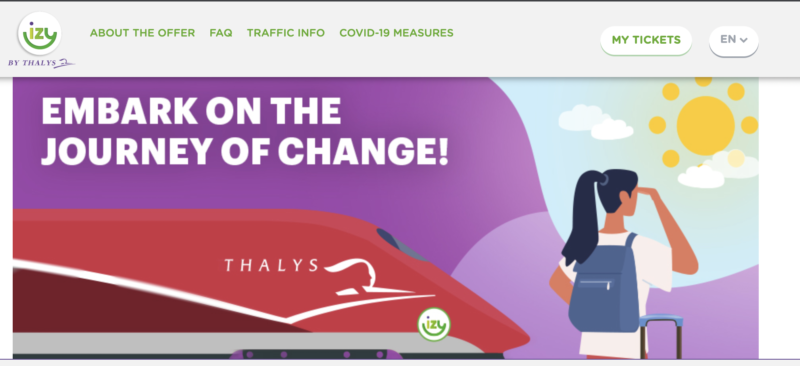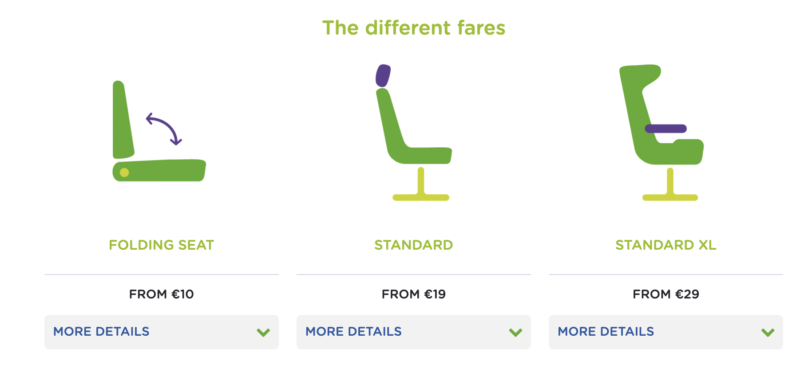Izy – the “slower” and “lower cost” service operated by Thalys is to cease services on the 10th of July 2022, ending six years of operations.

Izzy currently operates services between Paris Gare du Nord and Brussels Midi.
Instead of using high-speed lines that connect Paris and Brussels together, they chose to operate on the conventional railway lines – which meant that journeys took longer compared to the Thalys route – for example, Izy promised a 2 hour 30-minute end-to-end journey – this compares against the 1 hour 22 minutes that Thalys operates on the French LGV Nord and Belgian HSL1.
The operator chose to use conversational speed lines, using a various high speed rolling stock (initially a TGV Réseau, followed by a Class 373 “Eurostar” trainset and more recently a Thalys PBA/PKBA train sets), with a model akin to Ouigo and other low-cost carriers, where passengers had to pay for amenities, take luggage aboard and so on, as well as buying actual seats or flip seats.

It seems Thalys is simplifying their network, with the planned end of operation from the 10th of July, with the end of Izy services. Currently, the company operates six services a week as shown below.

This represents 377 seats each way – a total of 2,262 seats that will vanish as the service is removed, and passengers being directed on the Thalys services – who could probably handle the load over its services, with 18 services a weekday operated
Thalys is promising low entry fares to Brussels, with lead-in fares starting at €29 each way – although Izy’s fares started at €19 each (or €10 if you wanted a flip-up seat).
A change – but maybe not for the better
The loss of any open access service, it’s not a welcome thing. Services like this give the traveller a choice versus the single rail option that will now exist. For discount passengers who think €29 and up is too expensive will now move on to coaches who can deliver the lower cost versus the time cost of an extended journey.
Whilst these passengers aren’t the backbone of the Thalys/TGV model, which aims more towards the premium passenger who requires speed of a centre to centre, it shows that there need to be more options – and maybe more competition in the future.
As open-access operators continue to assess the markets (as well as the SNCF Réseau’s slow willingness to open up their network to other operators), there might be an opportunity for new competitors to give passengers a new option on this important axis.
Because some sort of competition is needed on this route.
Welcome to Economy Class and Beyond – Your no-nonsense guide to network news, honest reviews, featuring in-depth coverage, unique research, as well as the humour and madness I only know how to deliver.
Follow me on Twitter at @EconomyBeyond for the latest updates! You can follow me on Instagram too!
Also remember that we are part of the BoardingArea community, bringing you the latest frequent flyer news from around the world.